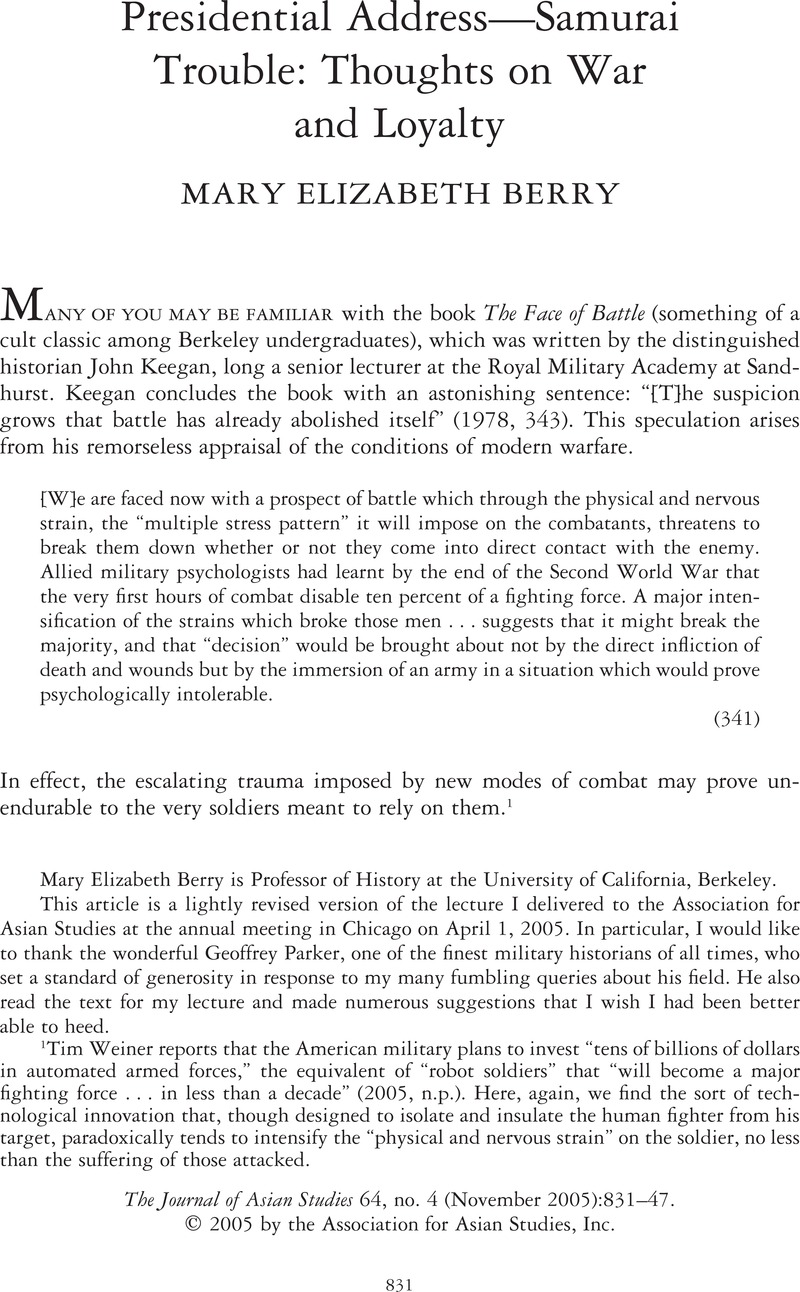Crossref Citations
This article has been cited by the following publications. This list is generated based on data provided by Crossref.
HOFFMAN, PHILIP T.
2012.
Why Was It Europeans Who Conquered the World?.
The Journal of Economic History,
Vol. 72,
Issue. 3,
p.
601.



